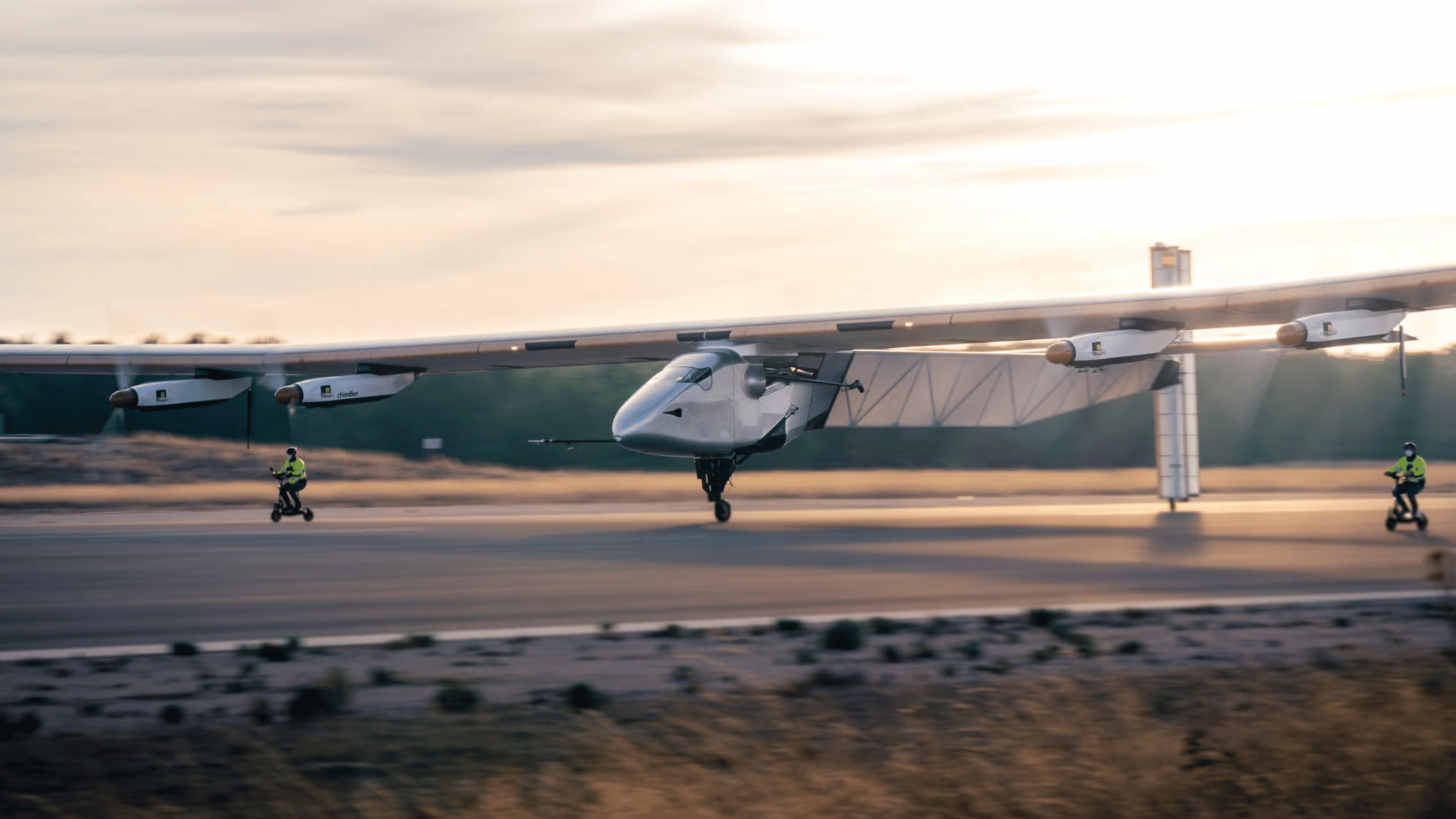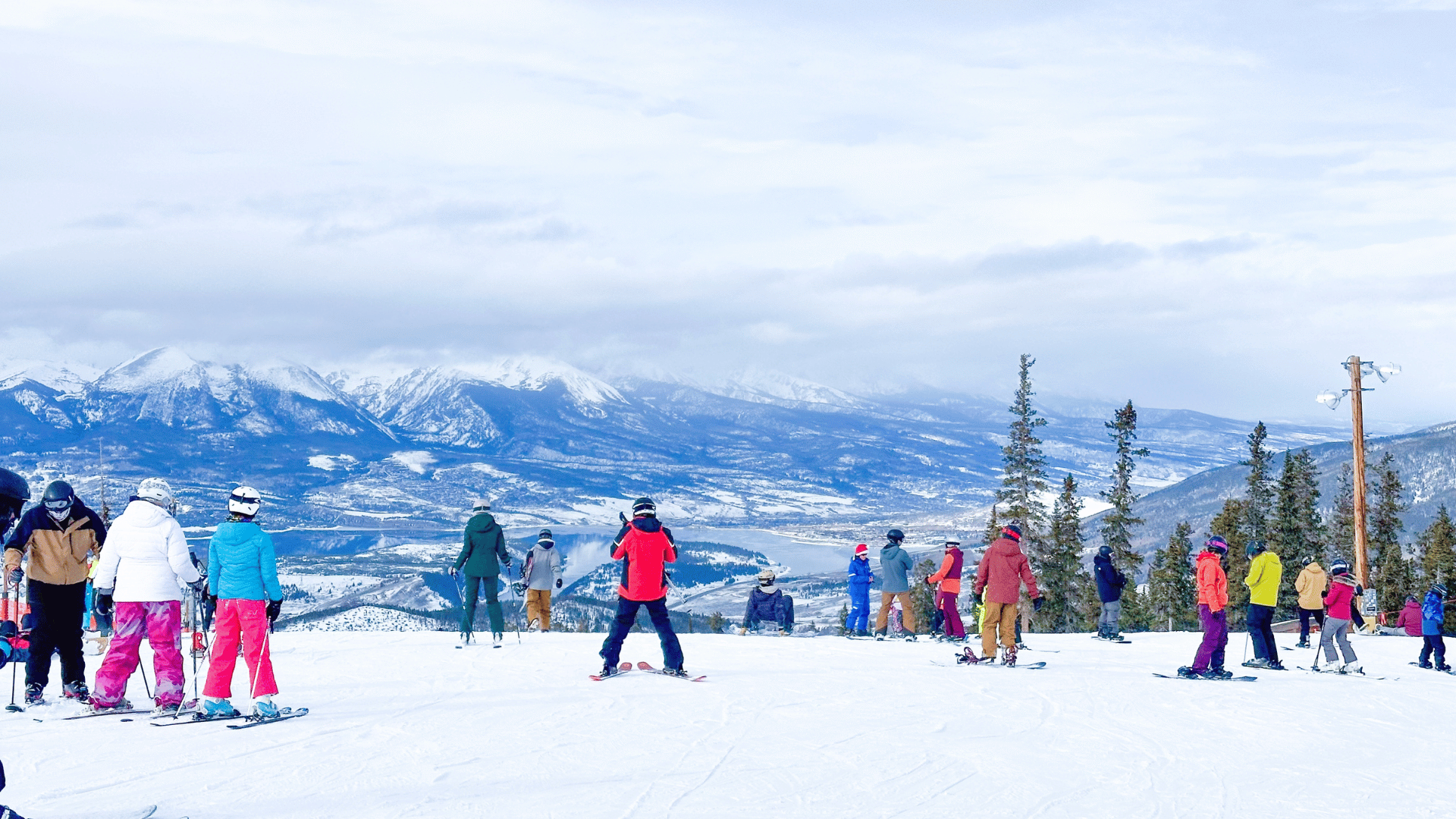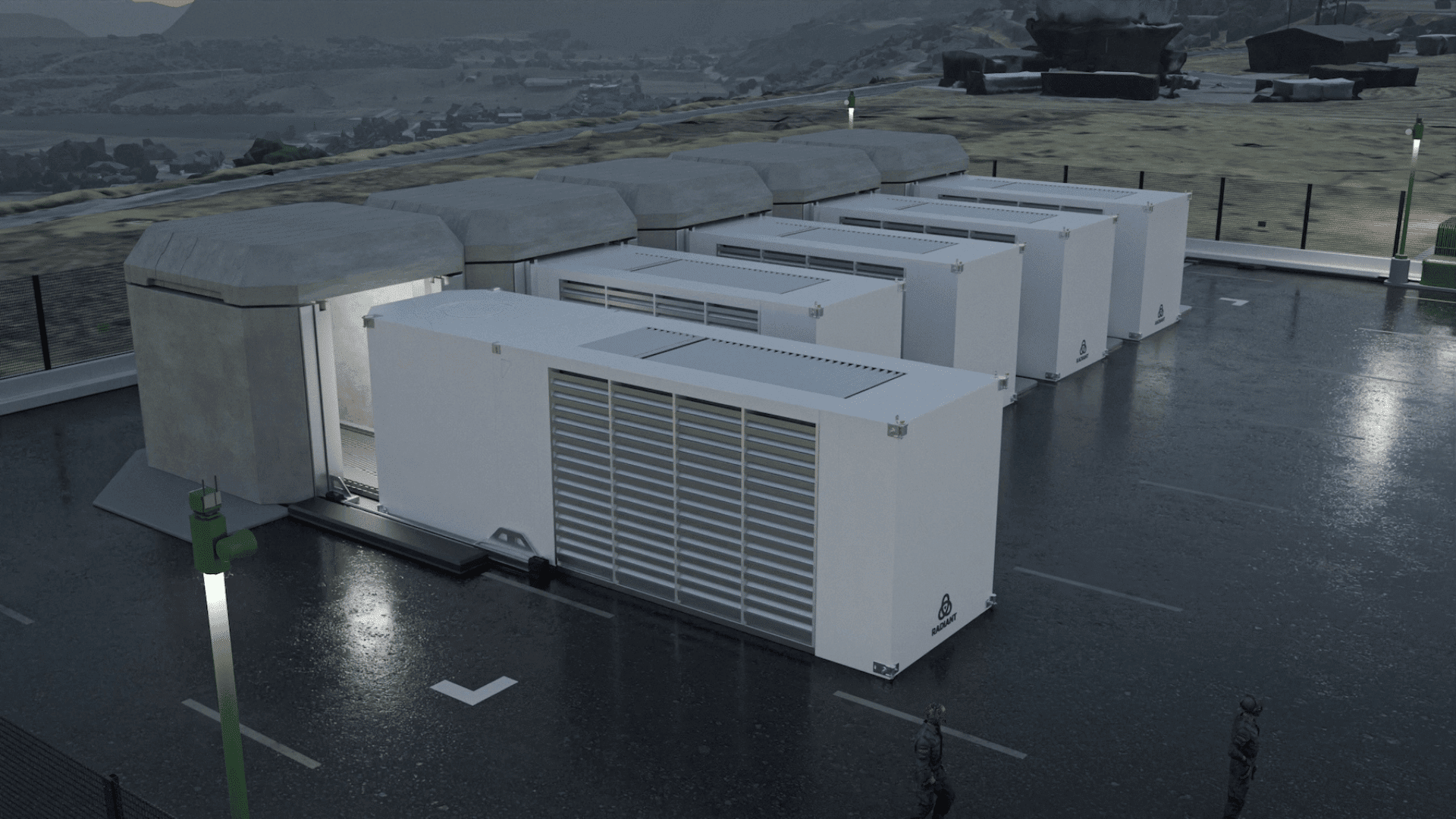This solar-powered drone called Skydweller is designed to achieve longer flight times and is capable of flying for three months at a time.
Meet Skydweller

The drone was created through a partnership between the U.S. startup Skydweller Aero and Thales, a French electronics company that specializes in defense systems. The new maritime surveillance drone powers its continuous flight solely through solar energy.
Skydweller’s solar energy is captured by over 17,000 individual solar cells, spread across approximately 2,900 square feet (270 square meters) of wing surface. Under ideal conditions, the cells can capture up to 100 kilowatts of power.
According to Live Science, the wingspan is 236 feet (72 m), which is 25 feet (7.6 m) longer than a Boeing 747. Despite its similarity to the commercial airliner, it weighs 160 times less than a “jumbo jet” — 2.5 metric tons at maximum capacity versus 400 tons for the 747 at full payload.
Solar energy is used during daylight hours to power onboard avionics, maintain flights, and charge the drone’s over 1,400 pounds (635 kilograms) of batteries. The batteries are then used to keep the drone powered through the night, allowing the machine to maintain continuous flight.
Though the drone typically flies at an altitude between 24,600 and 34,400 feet (7,500 and 10,500 meters), it is capable of flying as high as 44,600 feet (13,600m) during the day. It will then drop its altitude by 4,900 to 9,800 feet (1,500 to 3,000m) at night to minimize power consumption.
Specially designed to operate comfortably within this altitude range, the device uses automatic gust-load alleviation software in the flight control system to reduce aerodynamic loads caused by turbulence. Skydweller is also equipped with a quadruple-redundant flight control system and vehicle management system.
Constructed from carbon fiber, the drone can carry up to 800 pounds (362 kg) of payload. Though the machine’s initial goal is to achieve three months or 90 days of continuous flight, the team believes the drone has the potential for much longer flights.







